360-degree experiences are fundamental to today's marketing, offering consumers complete immersion in products or services through technologies such as virtual and augmented reality. By enabling in-depth interactions, these experiences increase customer engagement, as they feel more connected to the brands. Furthermore, differentiating themselves in a saturated market is key; companies that utilize this type of innovative content prove to be industry leaders. Conversion rates also improve by effectively engaging users, while also gathering valuable data on their behavior to adjust future strategies.
What are 360 experiences?
The 360 experiences They are interactions that offer consumers the opportunity to fully immerse themselves in an environment or product through the use of technologies such as virtual reality (VR), augmented reality (AR), and 360-degree video. Unlike traditional media, these experiences allow for deeper and more personalized exploration, where users can actively interact with the content. For example, by using a VR headset, a user can walk through a virtual environment, observe details from different angles, and feel truly present in that space. This transforms the way consumers perceive and relate to brands, creating a more emotional and meaningful connection.
1. Increased Customer Engagement
 The 360 experiences generate greater consumer engagement. When users can interact with content, they feel more connected to the brand. This translates into an increase in the time they spend interacting with the content, which in turn can increase brand engagement. brand retentionFor example, by using a virtual reality experience to showcase a tourist destination, potential travelers can explore the place as if they were there, which motivates them to research further and eventually book their trip. This emotional connection and immersion in content are essential to building lasting relationships with customers.
The 360 experiences generate greater consumer engagement. When users can interact with content, they feel more connected to the brand. This translates into an increase in the time they spend interacting with the content, which in turn can increase brand engagement. brand retentionFor example, by using a virtual reality experience to showcase a tourist destination, potential travelers can explore the place as if they were there, which motivates them to research further and eventually book their trip. This emotional connection and immersion in content are essential to building lasting relationships with customers.
2. Differentiation in the Market
 In a saturated market, brands need to find effective ways to stand out. 360 experiences are a powerful tool for achieving this differentiation. For example, in the tourism sector, some agencies offer virtual tours of destinations that allow users to explore beaches, mountains, and cities before booking. This not only gives consumers a clear idea of what they can expect, but also positions the agency as innovative and committed to the customer experience. By adopting immersive technologies, companies can communicate their value proposition in a more impactful way, creating a brand image that resonates in consumers' minds. Furthermore, this innovation can generate conversation on social media, where users share their experiences more actively, thus expanding the brand's reach.
In a saturated market, brands need to find effective ways to stand out. 360 experiences are a powerful tool for achieving this differentiation. For example, in the tourism sector, some agencies offer virtual tours of destinations that allow users to explore beaches, mountains, and cities before booking. This not only gives consumers a clear idea of what they can expect, but also positions the agency as innovative and committed to the customer experience. By adopting immersive technologies, companies can communicate their value proposition in a more impactful way, creating a brand image that resonates in consumers' minds. Furthermore, this innovation can generate conversation on social media, where users share their experiences more actively, thus expanding the brand's reach.
3. Improved User Experience
 The 360 experiences Transform the way consumers interact with products and services. Through virtual and augmented reality, users can explore a product in an immersive environment, allowing them to gain a deeper understanding of what they are considering purchasing. For example, instead of simply seeing a photo of a sofa, customers can virtually "sit" on it, see how it fits into their space, and experience its texture. This not only helps consumers make more informed decisions, but also reduces uncertainty in the purchase process. purchasing process. Furthermore, this richer and more immersive interaction can make consumers feel more satisfied and excited, improving their overall brand perception. Thus, the user experience is elevated to a new level, turning the purchasing process into a memorable adventure.
The 360 experiences Transform the way consumers interact with products and services. Through virtual and augmented reality, users can explore a product in an immersive environment, allowing them to gain a deeper understanding of what they are considering purchasing. For example, instead of simply seeing a photo of a sofa, customers can virtually "sit" on it, see how it fits into their space, and experience its texture. This not only helps consumers make more informed decisions, but also reduces uncertainty in the purchase process. purchasing process. Furthermore, this richer and more immersive interaction can make consumers feel more satisfied and excited, improving their overall brand perception. Thus, the user experience is elevated to a new level, turning the purchasing process into a memorable adventure.
4. Increase in Conversion Rates
The use of 360-degree experiences in marketing strategies has proven to be a key factor in increasing conversion rates. These immersive experiences allow consumers to interact more deeply with products or services, helping them make more informed decisions. For example, in the real estate sector, a virtual tour that shows a property in detail can help a potential buyer feel more confident in their purchasing decision. Additionally, by allowing users to explore specific features and visualize the product in a realistic environment, brands can reduce the uncertainty that often accompanies online purchases. This stronger connection and clarity in product presentation make users more likely to complete the transaction, which directly translates to increased conversion rates.
5. Collecting Valuable Data
The 360 experiences allow brands to collect valuable data about how users interact with their content. Through these platforms, it's possible to analyze which parts of the experience capture consumers' attention the most, as well as the time they spend on different sections. For example, if a customer is exploring a virtual tour of a product, brands can identify which features are most viewed and which generate the most interest. This information is crucial for adjusting and optimizing marketing strategies, tailoring messages and offers to actual consumer preferences. Additionally, this data can aid in audience segmentation, allowing companies to create more personalized campaigns and effective.
| Data Type | Description | Utility |
|---|---|---|
| Interaction Time | Duration that the user spends in the experience | Helps understand the user's level of interest |
| Most Viewed Section | Part of the experience that receives the most attention | Identify which aspects generate the most interest |
| Dropout Rate | Percentage of users who abandon the experience before completing it | Indicates possible points for improvement |
| Demographic Data | Information about the user's age, gender and location | Allows better segmentation of marketing strategies |
| User Feedback | User comments and ratings after the experience | Provides insights to improve future experiences |
6. Generation of Shareable Content
He immersive content, such as 360 experiences, tends to be more engaging and shareable than traditional content. When users have a shocking experience, they feel motivated to share it with their network, whether through social media or messaging platforms. This not only amplifies the brand's reach but also generates a digital word-of-mouth effect. For example, a virtual tour of a tourist destination or an interactive demonstration of an innovative product can capture users' attention, leading them to share it with friends and family. This dynamic creates a community around the brand and can result in increased visibility and, ultimately, a growing customer base.
7. Promote Brand Loyalty
360-degree experiences have a significant impact on customer loyalty to a brand. When a person experiences an immersive and memorable experience, an emotional connection is established that goes beyond the simple transaction. For example, a travel brand that offers a virtual tour of a destination can make the user feel more excited and connected to that place, thus increasing the likelihood that they will choose that brand for their next vacation. Furthermore, immersive experiences foster customer identification with the brand, turning them into passionate advocates who not only return but also recommend the brand to friends and family. In a market where competition is fierce, cultivating this loyalty is essential to maintaining a strong customer base and generating sustainable growth.
How to implement 360 experiences in your strategy?
To implement 360 experiences into your marketing strategy, start by identifying the goals you want to achieve. Are you looking to increase brand awareness, improve conversions, or foster customer loyalty? Then, select the right technology—whether virtual reality, augmented reality, or 360 videos—based on what best suits your needs and your audience's preferences.
It's essential to create content that's relevant and engaging. For example, if you own a furniture store, you could develop an experience where users can visualize how the furniture would look in their home through AR. Also, make sure the experience is accessible on multiple devices, from computers to smartphones, to maximize reach.
Promoting these experiences is also key. Use your existing marketing channels, such as social media, email, and your website, to spread the word about the new 360 experience. Consider running campaigns that encourage users to interact with the content, such as contests or exclusive discounts.
Finally, measure the results. Use analytics tools to track how users interact with the experience and adjust your strategy based on the data collected. This will allow you to optimize future experiences and maximize their impact on your marketing.
- Define your clear objectives for the 360 experience.
- Research and understand your target audience.
- Select the right technology tools.
- Design immersive content that engages users.
- Try different formats and platforms to see what works best.
- Collects and analyzes data on user interaction.
- Continually adjust and improve experiences based on feedback.
Inspiring examples of 360 experiences
The 360 experiences have been adopted by various brands to stand out in the market. A notable example is the IKEA campaign, which launched an augmented reality app that allows users to visualize how furniture would look in their home before purchasing it. This interaction not only helps consumers make informed decisions but also strengthens the emotional connection with the brand. Another example is the automotive industry, where brands like Audi offer virtual tours of their vehicles. Through 360-degree videos and virtual reality, potential buyers can explore the interior and exterior of a car from the comfort of their own home. Additionally, in the tourism sector, the travel platform Airbnb has implemented virtual tours of properties, allowing users to experience the location before making a reservation. These examples show how 360-degree experiences can transform the way consumers interact with brands, making each encounter memorable and impactful.
Frequently Asked Questions
1. What are 360 experiences in marketing?
They are immersive experiences that allow users to interact with content in an immersive way, using technologies such as 360-degree video or virtual reality.
2. Why are 360 experiences important for brands?
They are important because they capture consumer attention more effectively, creating emotional connections and increasing brand awareness.
3. How can companies implement 360 experiences?
Companies can implement these experiences by creating interactive multimedia content, using virtual reality platforms, or designing virtual tours of their products.
4. What advantages do 360 experiences offer over traditional marketing methods?
They offer a more engaging and memorable way to showcase products or services, allowing for direct interaction that traditional ads can't achieve.
5. Who is using 360 experiences in their marketing strategies?
Many industries, including tourism, real estate, and entertainment, are already using 360-degree experiences to improve customer experience and engagement.
TL;DR 360 experiences are immersive interactions that allow consumers to immerse themselves in an environment using technologies like virtual and augmented reality. Their implementation increases customer engagement, differentiates brands in the market, improves the user experience, increases conversion rates, and enables the collection of valuable data. They also generate shareable content and foster brand loyalty. Integrating them into your marketing strategy is crucial to stand out in today's digital environment.
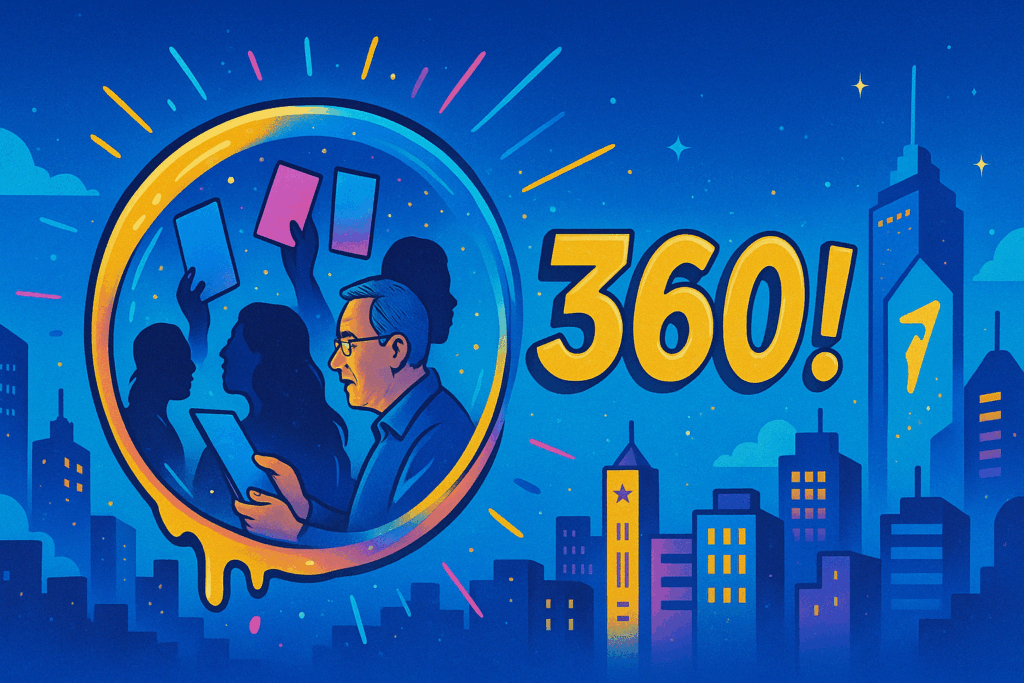




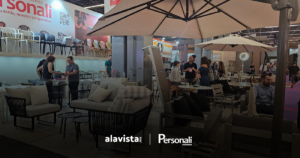

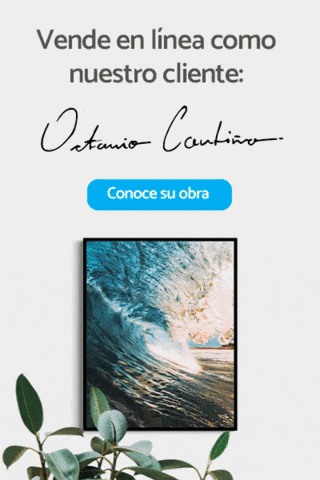


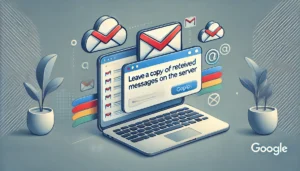
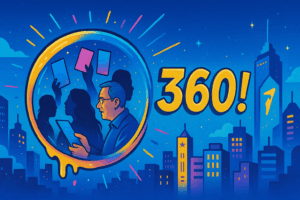




One Response
Comentario de prueba http://www.mowglis.org